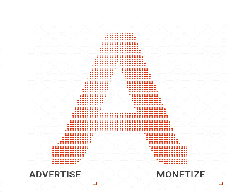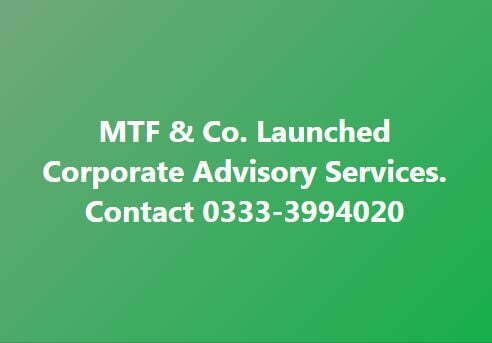Day 14: IFRS 13 – Fair Value Measurement
As we continue our journey through the world of International Financial Reporting Standards (IFRS), we arrive at Day 14, where we delve into the intricacies of IFRS 13, Fair Value Measurement. In this post, we will explore the definition and hierarchy of fair value, valuation techniques, and the application of fair value measurement in financial reporting.
Introduction to Fair Value Measurement
Fair value measurement is a critical concept in financial reporting, as it provides users with a consistent and reliable basis for measuring the value of assets and liabilities. IFRS 13 defines fair value as “the price that would be received to sell an asset or paid to transfer a liability in an orderly transaction between market participants at the measurement date.”
The standard introduces a single, unified approach to fair value measurement, which is applicable to all IFRSs that require or permit fair value measurement. The core principle of IFRS 13 is that fair value should be measured from the perspective of a market participant, rather than from the perspective of the entity itself.
Definition and Hierarchy of Fair Value
IFRS 13 defines fair value as the price that would be received to sell an asset or paid to transfer a liability in an orderly transaction between market participants at the measurement date. The standard establishes a hierarchy of fair value measurements, which is used to determine the reliability and relevance of the measurement.
The hierarchy consists of three levels:
Level 1: Quoted prices in active markets for identical assets or liabilities. This level is considered the most reliable and relevant, as it is based on observable market data.
Level 2: Inputs other than quoted prices in active markets for identical assets or liabilities, such as:
- Quoted prices in active markets for similar assets or liabilities
- Quoted prices in inactive markets for identical or similar assets or liabilities
- Inputs other than quoted prices that are observable, such as interest rates or yield curves
Level 3: Unobservable inputs, such as:
- Estimates of future cash flows
- Discount rates
- Other assumptions about market participants
The hierarchy is used to determine the reliability and relevance of the fair value measurement, with Level 1 being the most reliable and Level 3 being the least reliable.
Valuation Techniques
IFRS 13 introduces three valuation techniques that can be used to measure fair value:
- Market approach: This approach uses prices and other relevant information from market transactions involving identical or similar assets or liabilities.
- Income approach: This approach uses valuation techniques to convert future amounts to a present value, such as discounted cash flow models.
- Cost approach: This approach uses the amount that would be required to replace the asset or liability, such as the cost of acquiring or constructing a similar asset.
The standard requires that the valuation technique used should be consistent with the principles of fair value measurement, and that the inputs used should be relevant and reliable.
Application of Fair Value Measurement
Fair value measurement is applied in various areas of financial reporting, including:
- Financial instruments: IFRS 13 is applicable to all financial instruments, including debt and equity securities, derivatives, and other financial assets and liabilities.
- Property, plant, and equipment: IFRS 13 is applicable to the measurement of property, plant, and equipment, including the recognition of impairment losses.
- Intangible assets: IFRS 13 is applicable to the measurement of intangible assets, including the recognition of amortization and impairment losses.
- Business combinations: IFRS 13 is applicable to the measurement of assets and liabilities acquired in a business combination.
Case Study: Fair Value Measurement of a Debt Security
Suppose a company has a debt security with a face value of $1,000,000 and a remaining maturity of 5 years. The market price of the security is $950,000, and the yield to maturity is 6%. The company needs to measure the fair value of the security for financial reporting purposes.
Using the market approach, the company could use the market price of the security to determine its fair value. In this case, the fair value would be $950,000.
Alternatively, the company could use the income approach, using a discounted cash flow model to estimate the present value of the future cash flows. Assuming a discount rate of 6%, the present value of the future cash flows would be $942,000.
The company could also use the cost approach, estimating the amount that would be required to replace the security. In this case, the cost would be $1,000,000, which is the face value of the security.
The company would need to consider the hierarchy of fair value measurements and select the most reliable and relevant measurement. In this case, the market price of $950,000 would be considered the most reliable and relevant measurement, as it is based on observable market data.
Conclusion
In conclusion, IFRS 13 provides a single, unified approach to fair value measurement, which is applicable to all IFRSs that require or permit fair value measurement. The standard introduces a hierarchy of fair value measurements, which is used to determine the reliability and relevance of the measurement.
The valuation techniques introduced in IFRS 13, including the market approach, income approach, and cost approach, provide a framework for measuring fair value. The application of fair value measurement in financial reporting is critical, as it provides users with a consistent and reliable basis for measuring the value of assets and liabilities.
Bookkeeping Services @ ONE WEB ONE HUB 
Are you looking for a reliable and efficient bookkeeping service to help you manage your financial records? Our team of experienced bookkeepers can provide you with accurate and timely financial statements, as well as assist with budgeting, forecasting, and financial analysis. Contact us today to learn more about our bookkeeping services and how we can help you achieve your financial goals. Please email us at mtfco@onewebonehub.com.
Previous Post IAS 38 Intangible Assets
Next Post IAS 37 Provisions, Contingent Liabilities & Contingent Assets












